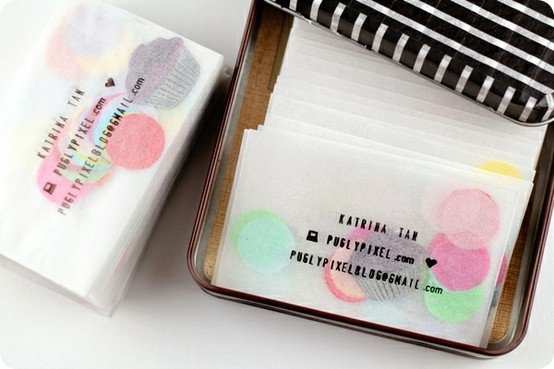My final piece: I was actually quite pleased with this. I think there are various details that I should have changed, such as the sharp line between the flowers and the background image, which should have possibly curved and blended better, or the flags acting as curtain being too blurry. That being said, I felt I included a variety of different skills and learnt a lot during this module, which is exactly what I set out to produce. I had a huge issue when creating this as I hadn't set up the page size correctly, and the resolution was terrible. I was shown to create the image into a smart object and resize it onto the correct page size that way, but I lost a lot of the crispness and it was no longer as sharp and strong. I think it was good for something like this to happen as I didn't really pay much care or attention to resolution and page sizes before, especially not on photoshop, always thinking I could just resize it: now I've learnt my lesson!
I like that there is no type in the image, nothing to describe exactly what is going on as I feel it does speak for itself. I also find incorporating the Suffragette's theme colours in this way, with three flags coming from one person, allows that person to embody all the women who fought and represent them, whilst not crowding the page. I wanted it to be simple, and adding them all to one person keeps the story without forcing it or making it look too intense.
The floral road was a suggestion from my tutor, and I must admit he was quite right. The image was plain and quite boring before hand, and I feel the flowers are interesting and represent femininity without being too aggressive. I also feel I really took on my research well and you can see a lot of inspiration from what I was drawn to in others work, in mine.
I guess I am pleased with the way this has turned out. It looked a lot better on the computer than printed due to the resolution, but that was a human error and one I have learnt from. I like that you can't tell that the image was a photograph anymore, and the way the sky looks with the subtle paper texture: but I also feel the image is far too busy. I wish I had simplified it more, and am thinking I might continue to develop this into something more. Now my main goal is to continue expanding my knowledge of the programs, and practice the skills I have learnt.
I like that there is no type in the image, nothing to describe exactly what is going on as I feel it does speak for itself. I also find incorporating the Suffragette's theme colours in this way, with three flags coming from one person, allows that person to embody all the women who fought and represent them, whilst not crowding the page. I wanted it to be simple, and adding them all to one person keeps the story without forcing it or making it look too intense.
The floral road was a suggestion from my tutor, and I must admit he was quite right. The image was plain and quite boring before hand, and I feel the flowers are interesting and represent femininity without being too aggressive. I also feel I really took on my research well and you can see a lot of inspiration from what I was drawn to in others work, in mine.
I guess I am pleased with the way this has turned out. It looked a lot better on the computer than printed due to the resolution, but that was a human error and one I have learnt from. I like that you can't tell that the image was a photograph anymore, and the way the sky looks with the subtle paper texture: but I also feel the image is far too busy. I wish I had simplified it more, and am thinking I might continue to develop this into something more. Now my main goal is to continue expanding my knowledge of the programs, and practice the skills I have learnt.




































